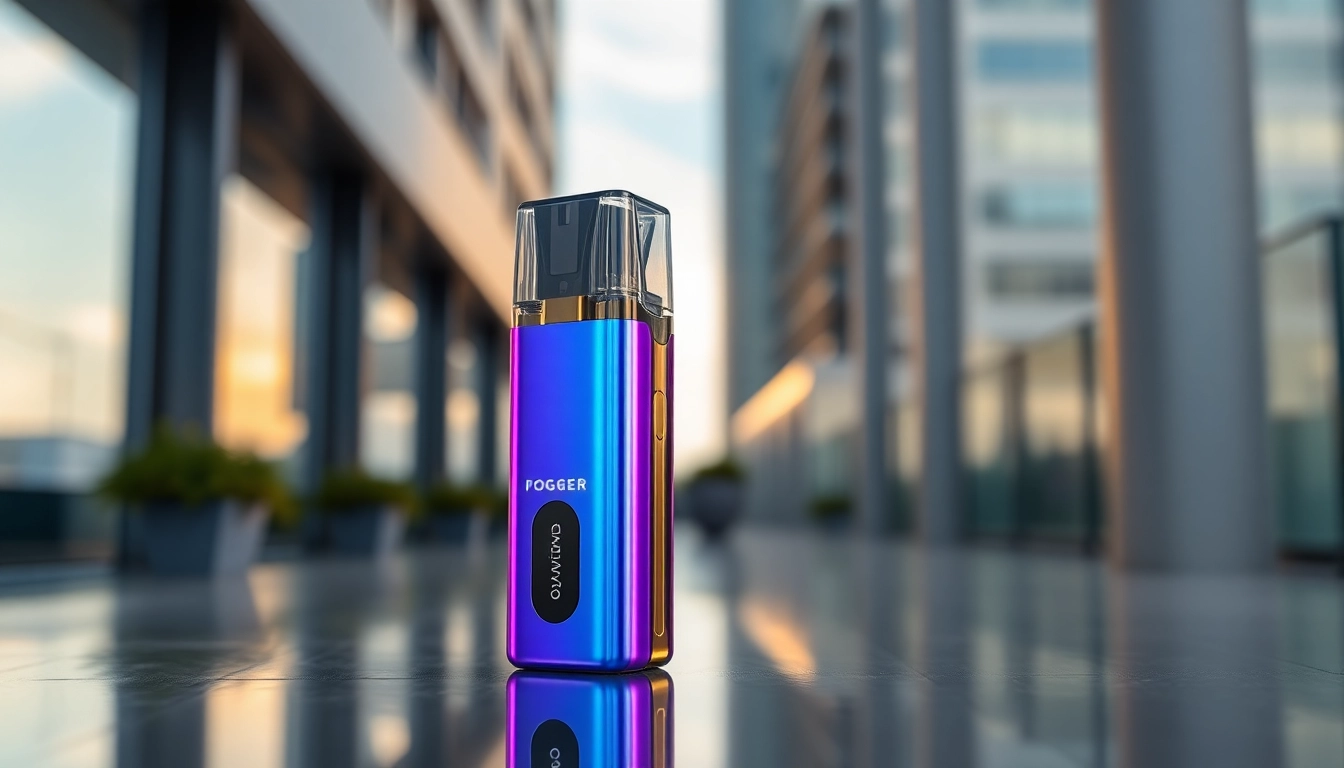
Understanding Thermal Management Materials
In our increasingly interconnected world, the demand for electronics is at an all-time high. As devices become smaller and more powerful, the need for efficient thermal management has become paramount. This is where thermal management materials come into play. They are crucial for ensuring that electronic components operate within safe thermal limits, ultimately enhancing performance and prolonging product lifespan. This article delves into the intricacies of thermal management materials, their application, features, and the best practices for selecting the right solutions for various industries.
What are Thermal Management Materials?
Thermal management materials (TMMs) encompass a broad range of materials designed to efficiently dissipate heat in various electronic applications. These materials play a critical role in preventing thermal buildup, which can lead to component failure and decreased performance in electronic devices. TMMs include thermal interface materials (TIMs), thermal pads, heat spreaders, and more specialized solutions tailored for specific applications.
The Importance of Heat Dissipation in Electronics
Heat dissipation is essential for maintaining the performance and reliability of electronic devices. As electrical components generate heat during operation, overheating can result in malfunctions, reduced efficiency, or complete failure. Effective thermal management not only improves device reliability but also enhances operational efficiency by allowing components to function optimally. Furthermore, many consumer electronics are subject to stringent performance benchmarks where thermal management is a critical factor.
Types of Thermal Management Materials Available
The variety of thermal management materials available today enables designers to select the right type for their specific requirements. Some common categories include:
- Thermal Interface Materials (TIMs): Used as a layer between heat-generating components and heat sinks, improving thermal conductivity and enabling efficient heat transfer.
- Thermal Pads: Soft, compressible materials that provide excellent contact over rough surfaces, enhancing heat conduction.
- Heat Spreaders: Typically made from metals like copper or aluminum, these devices distribute heat across a larger area, helping to prevent hotspots.
- Phase Change Materials (PCMs): These materials absorb and release thermal energy as they change phases, helping to manage heat effectively in dynamic conditions.
Key Features of Thermal Management Solutions
Thermal Interface Materials Explained
Thermal Interface Materials (TIMs) are crucial for improving heat transfer between components. They fill microscopic air gaps and ensure intimate contact between surfaces, significantly enhancing thermal conductivity. Common types of TIMs include:
- Thermal Greases: These silicone-based materials provide high thermal conductivity and are typically used in high-performance applications.
- Gap Fillers: These soft materials can conform to the surfaces they contact, ideal for uneven surfaces in electronic assemblies.
- Adhesives: Used for bonding components while also providing thermal conductivity.
Comparative Analysis of Different Materials
When selecting thermal management materials, various characteristics must be considered, including thermal conductivity, compressibility, and environmental resistance. For example, silicone-based TIMs generally offer excellent thermal performance but may not be suitable for high-temperature environments. On the other hand, metal-based materials like thermal pads can withstand more intense thermal conditions but may lack flexibility.
Performance Metrics to Consider
Determining the effectiveness of thermal management solutions involves a range of performance metrics. Key factors include:
- Thermal Conductivity (W/m·K): Higher values indicate better thermal performance.
- Thermal Resistance (°C/W): This measures how much the material resists heat flow; lower values are preferable.
- Operating Temperature Range: Ensures the material can withstand the temperatures it will encounter in specific applications.
Applications of Thermal Management Materials
Industries Utilizing Thermal Management Solutions
Numerous industries rely on thermal management materials due to the criticality of heat management in their applications. Prominent sectors include:
- Electronics: Smartphones, computers, and consumer electronics require efficient thermal management to protect sensitive components.
- Aerospace: High-performance aircraft and spacecraft depend on advanced thermal solutions to manage the extreme temperature variations encountered.
- Automotive: The increasing complexity of automotive systems, including electric and hybrid vehicles, necessitates effective thermal management solutions to ensure the reliability of batteries and power electronics.
- Medical Devices: Medical imaging equipment and diagnostic devices require precision cooling systems to maintain operational integrity.
Case Studies Showcasing Effective Applications
Various companies have implemented innovative thermal management solutions resulting in improved product performance. For instance:
A leading smartphone manufacturer integrated gap filler materials between the main processor and the chassis. This enhanced heat dissipation significantly, allowing the phone to operate efficiently during extended use without overheating.
In another example, an electric vehicle manufacturer utilized phase change materials in battery packs, enabling them to manage heat more effectively and extend battery life.
Future Trends in Thermal Management Usage
The landscape of thermal management is continually evolving. Future trends include:
- Smart Materials: The development of materials that can dynamically adapt to temperature changes to optimize thermal management.
- Integration with IoT: Incorporation of sensors within thermal management systems to monitor real-time temperature changes, enhancing response capabilities.
- Eco-Friendly Solutions: Increased focus on developing sustainable materials that minimize environmental impact.
Best Practices for Selecting Thermal Management Materials
Factors Influencing Material Selection
Choosing the right thermal management materials involves careful consideration of several factors:
- Application Environment: Assess whether the material will be exposed to high temperatures, moisture, or other environmental conditions.
- Surface Characteristics: Understand the surfaces that will be in contact and choose materials that can adequately bridge any gaps.
- Cost-Effectiveness: Balancing cost with performance is crucial to ensure that the materials chosen do not exceed budget constraints while still meeting performance expectations.
Common Challenges and Solutions
Several challenges can arise in the thermal management material selection process:
- Material Compatibility: Ensuring compatibility between selected materials and existing components can be challenging. Conducting compatibility tests during the design phase can mitigate this issue.
- Performance Trade-offs: Some materials may provide excellent thermal performance but lack physical durability. Understanding application requirements can guide material selection.
- Environmental Compliance: Stricter regulations concerning materials’ environmental impact necessitate an informed selection of compliant thermal management materials.
Implementation Steps for Optimal Performance
Once the right materials are selected, proper implementation is key to achieving desired thermal management outcomes. Here are best practice steps:
- Surface Preparation: Ensure all surfaces are clean and ready to receive thermal materials to maximize contact and thermal transfer efficiency.
- Application Technique: Follow industry best practices for applying TIMs or pads to maintain consistency and effectiveness.
- Regular Testing: Post-installation testing can help identify potential failures early, allowing for timely intervention.
Enhancing Efficiency with Advanced Thermal Management Techniques
Emerging Technologies in Thermal Management
Cutting-edge technologies are making significant strides when it comes to thermal management. Key advancements include:
- 3D Printing: This technology is enabling the production of highly complex thermal structures for improved heat dissipation with customized designs.
- Advanced Phase Change Materials: Research continues to bring forth new formulations that enhance thermal energy storage capabilities.
- Nanotechnology: The use of nanomaterials in thermal management provides enhanced thermal performance through improved conductivity and reduced thermal resistance.
Integrating Thermal Management Materials into Designs
Successful integration of thermal management materials into design requires careful engineering and forward-thinking:
- Thermal Simulations: Utilizing software to simulate thermal performance can guide early design decisions and identify potential hotspots.
- Multi-Material Approaches: Combining different thermal management materials can provide the best characteristics needed for a specific application, leading to superior performance.
Metrics for Evaluating Success
Once the thermal management materials are implemented, specific metrics should be monitored to evaluate success:
- Thermal Performance: Regular benchmarking against industry standards can provide insight into material effectiveness.
- Component Longevity: Monitoring the lifespan of components in relation to thermal management efforts can help assess the long-term effectiveness.
- User Feedback: Gathering feedback from end users on performance issues can provide valuable data to refine material selection and application techniques.







